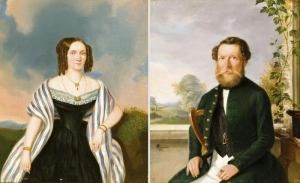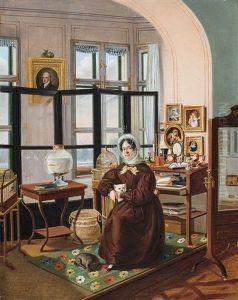Karoly Steinacker Paintings
Karoly Steinacker was a Hungarian-born artist known for his contributions to the realm of painting, particularly during the first half of the 20th century. Born in 1899 in Hungary, Steinacker's early life coincided with a period of significant political and artistic transformation within the Austro-Hungarian Empire. While not as widely recognized as some of his contemporaries, Steinacker's work reflects the shifts in European art as it moved through movements such as Expressionism, Modernism, and into the post-war era.
Steinacker's education and early career were likely influenced by the rich cultural atmosphere of Budapest, which was a vibrant center for art and intellectual discourse. During the interwar period, Hungary experienced significant turmoil and shifts in political power, which impacted the art scene as well. Artists of the time were often engaged with national identity and the search for a modern Hungarian artistic language. Steinacker's work may have been part of this broader conversation, though specific details about his affiliations or the content of his oeuvre are not widely documented.
Surviving World War II and the subsequent establishment of a Communist government in Hungary would have presented further challenges for artists like Steinacker. The political climate often dictated artistic expression, and many artists faced censorship or were encouraged to produce work that aligned with socialist realism. Despite these constraints, some Hungarian artists continued to explore and create in more personal or abstract styles.
Karoly Steinacker's death in 1962 marked the end of his artistic journey. The details of his career, influence, and the collection of his works may be sparsely recorded, but like many artists of his time, he contributed to the fabric of European art history. His legacy would be part of the rich tapestry of Hungarian art which is characterized by a diverse array of styles and expressions, reflecting the complex history of the region.

